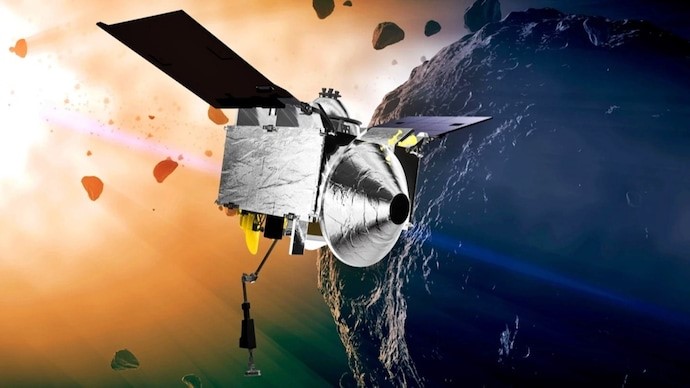Free Courses Sale ends Soon, Get It Now


Free Courses Sale ends Soon, Get It Now



Disclaimer: Copyright infringement not intended.
Context
Details
Objectives of OSIRIS-APEX
Asteroid Apophis
Physical Characteristics:
Discovery and Naming:
Conclusion
The OSIRIS-APEX mission represents a scientific endeavor to capitalize on the rare celestial event of Apophis' close flyby, aiming to delve deeper into the study of asteroids and their potential implications for planetary understanding and defense strategies.
MUST READ ARTICLES:
https://www.iasgyan.in/daily-current-affairs/osiris-rex-asteroid-samples-capsule-lands-on-earth
|
PRACTICE QUESTION Q. What is the primary scientific objective of the OSIRIS-APEX mission concerning asteroid Apophis? A) Analyzing the asteroid's chemical composition through remote spectroscopy B) Collecting and returning surface samples of Apophis to Earth C) Monitoring Apophis' seismic activity during its close approach to Earth D) Investigating the effects of Earth's gravitational pull on Apophis' orbit and surface features Answer: D) |
© 2024 iasgyan. All right reserved